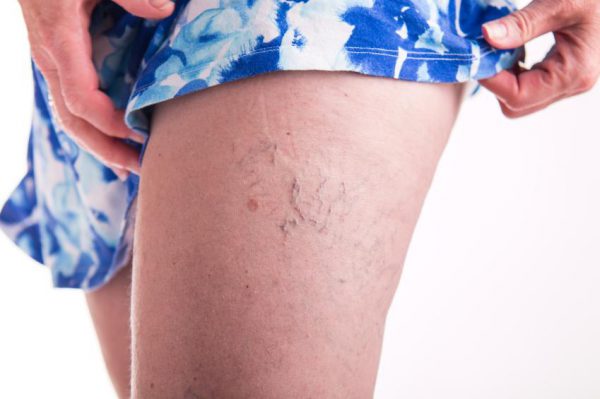There are specific reasons that varicose veins appear. Some of the risk factors include family history, age, pregnancy, being a woman, contraception therapy, hormonal replacement, obesity, prolonged periods of standing or sitting and a number of others. With some risk factors, including age and family history, it is impossible to avoid them. However, many people wonder, is there a way to prevent these veins from forming to begin with?
Unfortunately, the answer to this question is no. However, there are some steps you can take to help prevent existing varicose veins from becoming worse. Also, you can live a healthy lifestyle to help minimize the issues with veins for as long as you can. When it comes to varicose vein bruising and pain, when you prevent them from forming, you can also prevent these issues.
1. Avoid Standing or Sitting for Prolonged Periods of Time
If you sit or stand in the same position for a long period of time, then it is going to make it difficult for the blood to travel in the leg veins against the force of gravity. This can result in the pressure in the veins to increase. Eventually, this may result in the blood pooling around your ankles, which is going to result in achy and swollen calves and feet.
You can reduce the venous pressure and improve overall blood circulation by moving around. If you are stuck sitting at a desk day after day, you can also do certain exercises to help, such as:
- Bending the knees in a march-like manner
- Stretching your ankles
- Peddling your feet
You should also try to elevate your legs for a minimum of three times daily for a period of 15 minutes at a time. When you elevate your feet over your heart, it will break the gravity cycle. This will help with better blood circulation and less swelling in the ankles.
2. Wear Compression Socks and Hosiery
Compression stockings and socks will help to keep the valves of the veins in the proper position. This will make it much easier for the veins to work properly, while reducing pain, swelling and the pooling of blood.
When you wear these, you will likely experience a reduced number of night cramps. There are various types and levels of compression stockings and you can choose what suits the level of damage that is present. If you aren’t sure what you need, then it may be a good idea to speak with your doctor to choose the compression option that is right for your situation. The options to choose from include extra firm, firm, moderate and mild.
3. Live a Healthy Lifestyle
In many cases, varicose veins develop due to risk factors that you won’t be able to influence. This is why it is important to practice healthy choices in your day to day life, which will help to prevent even more damage to your veins.
One of the most common, aggravating factors is obesity, which results in higher pressure inside your veins. By eating a healthy diet that is composed of healthy fats, plenty of protein and complex carbohydrates, you can reduce your weight. It is also a good idea to avoid foods that are high in salt and include foods in your diet that are high in potassium and fiber. You also need to drink plenty of water during the day because being properly hydrated is a key to good blood circulation.
4. Exercise Regularly
When it comes to varicose veins, the best exercise you can do is to walk. Another smart option is yoga. You can practice a number of poses that will lift your feet up above your heart.
While there may not be a way to prevent the formation of varicose veins, there are steps you can take to reduce their severity. You can speak with your doctor to learn more.

